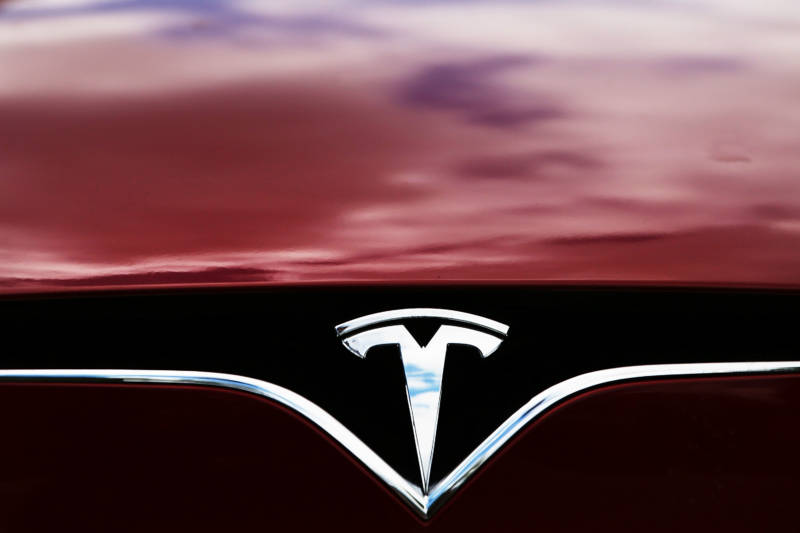Tesla CEO Elon Musk says the electric car company is making improvements to the Autopilot system used by its vehicles, which will dramatically reduce the number and severity of crashes in which they are involved.
Sunday's news comes in the wake of a May crash involving a Tesla Model S that was using the semi-autonomous mode at the time. The driver died after crashing into a tractor-trailer.
On a conference call with reporters, Musk said he thinks that the improvements, which will roll out globally in the next week or two in the form of a software update, probably would have prevented that crash.
The National Highway Traffic Safety Administration, which is investigating the crash, said Sunday that Tesla has provided it with information about the changes to Autopilot, which it will review. It declined to provide an update on its Tesla investigation.
Musk called the upgrades a "massive enhancement," but he said he believes Tesla cars are already the safest on the road.
